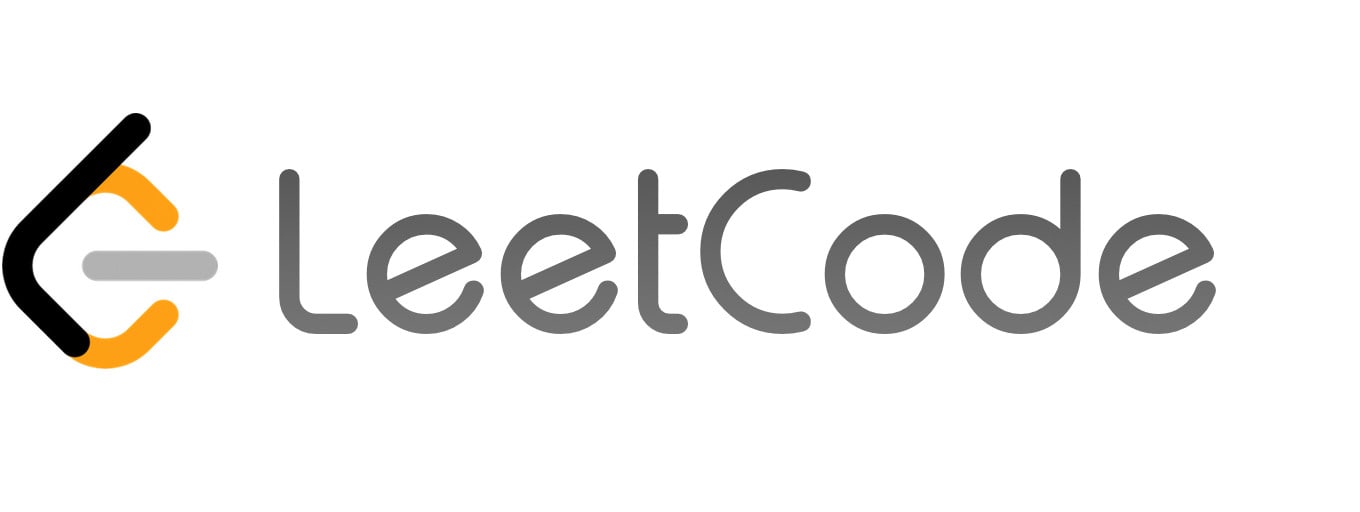Editorial: LeetCode 1770 Maximum Score From Performing Multiplication Operations

https://leetcode.com/problems/maximum-score-from-performing-multiplication-operations/ from Google
Thinking process:
So for multipliers we can only move from left to right. For nums, we always have two choices, left most or the right most, which results in an O(2^N) solution.
Check the constraint, the nums length is 10^5, so the above approach will be O(2^(10^5)), which is too slow.
However, if we look into the each choice, the answer is actually decided by the state {nums_left_index, nums_right_index, multipliers_left_index}, so the state is limited, we can think of it like a O(N^3) states and thus the time is bounded in O(N^3).
Check the constraint again, O(N^3) is still too slow as well. The lengh of multipliers is 1000, so we can at most afford an O(N^2) solution.
Observe the state again, actually we can derive the nums_right_index because the numbers we consume in nums is the same as the numbers we consume in multipliers, so the nums_right_index is equal multipliers_left_index - (lengh_of_nums - nums_left_index - 1). With this, our state becomes {nums_left_index, multipliers_left_index} and thus we can have an O(N^2) top dow solution.
Here is the code.
1class Solution {
2public:
3 int N, M;
4 vector<vector<int>> dp;
5 int dfs(int n, int m, vector<int>& nums, vector<int>& muls) {
6 if (m == M) return 0;
7 if (dp[n][m] != INT_MIN) return dp[n][m];
8 int ans = max(nums[n]*muls[m] + dfs(n+1, m+1, nums, muls), nums[N-(m-n)-1]*muls[m] + dfs(n, m+1, nums, muls));
9 return dp[n][m] = ans;
10 }
11 int maximumScore(vector<int>& nums, vector<int>& multipliers) {
12 N = nums.size();
13 M = multipliers.size();
14 dp.resize(M, vector<int>(M, INT_MIN));
15 return dfs(0, 0, nums, multipliers);
16 }
17};